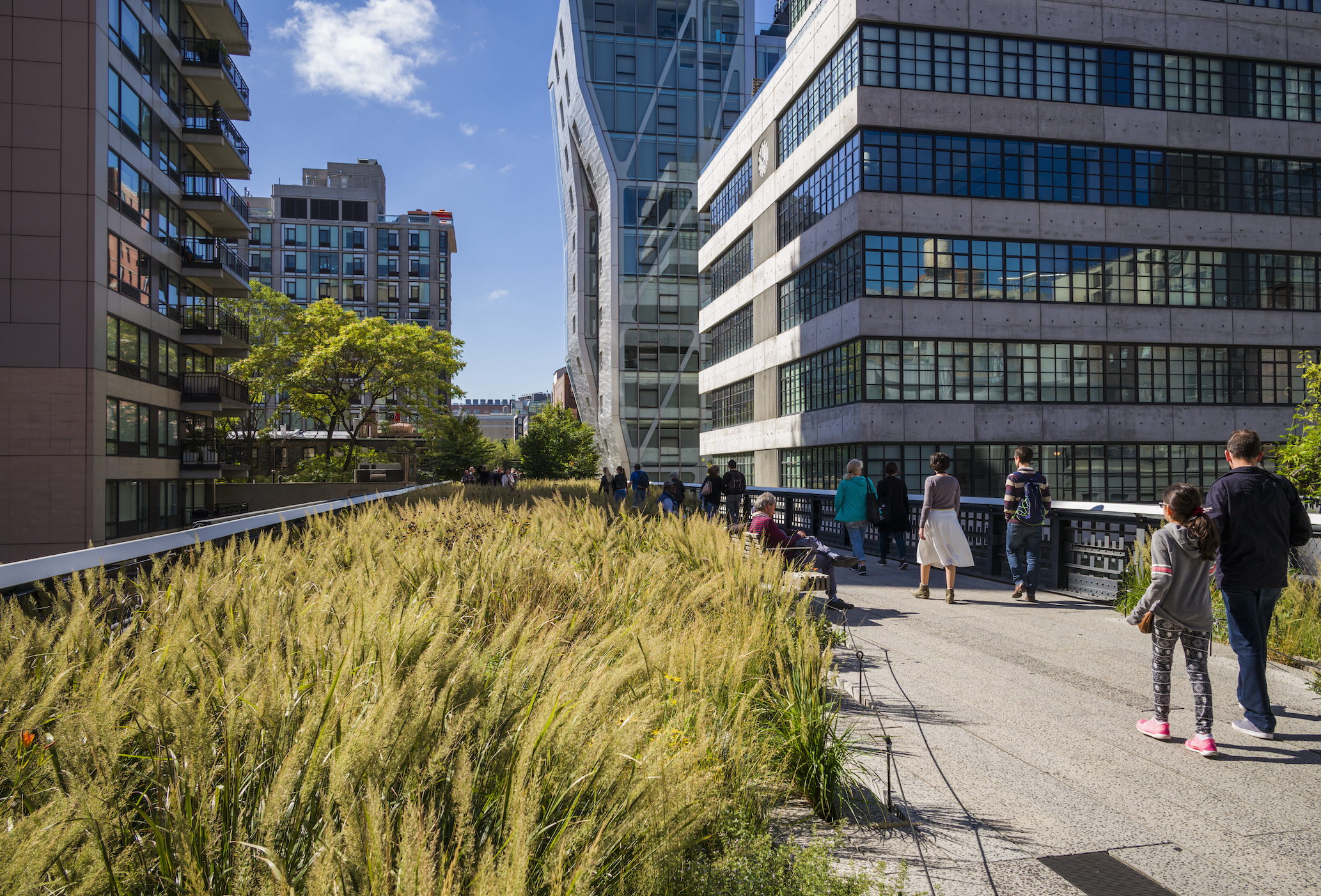
How our cities should respond to the biodiversity extinction crisis

Globally, thousands of governments have declared a climate emergency, but cities have a key role to play in conserving and restoring biodiversity
Published 12 March 2021
While the world has been battling the COVID-19 pandemic, there has also been a biodiversity extinction crisis unfolding in our cities and across the planet.
It is the world’s sixth mass extinction.
A mass extinction occurs when the Earth loses three quarters of our species in a geologically short interval. Biologists have suggested that given the current devastating loss of species, we have entered another mass extinction period, only the sixth experienced on Earth over the past 540 million years.

Extinctions, caused by habitat destruction and now climate change, have significant implications for nature’s resilience, as well as the resources nature contributes to people.
Meanwhile, during extended COVID-19 lockdowns, accessing nature also became an issue of environmental justice for many people, while protecting and restoring nature has been recognised as an essential psychological resilience pathway for people’s post-pandemic recovery.
In 2021, many local governments developed innovative approaches to support the economic and social recovery of their COVID-19 devastated urban centres.

Many of these responses have included continued or increased investment in nature.
Later this year, the 15th Conference of Parties for the Convention on Biological Diversity (CBD COP15) is meeting in Kunming, China. The CBD CoP15 meeting comes at a critical time for negotiating a Post-2020 Framework for Biodiversity – it will set global strategic priorities for biodiversity conservation and restoration.
As signatories to the Convention on Biological Diversity, national governments will negotiate the content for the Post-2020 Framework, defining the transformational changes that are needed to realise the 2050 Vision for Biodiversity.
The CBD CoP15 meeting is also critical for cities – local and subnational government advocates see CoP15 as a significant moment to highlight their efforts to avert further biodiversity losses.

To help with our understanding of the multiple ways nature should be valued in cities, our research, published in the inaugural issue of npj Urban Sustainability, identifies key priorities for cities in addressing the biodiversity extinction crisis.
Our work applies the framework of the Intergovernmental Science-Policy Platform on Biodiversity and Ecosystem Services (IPBES) to examine the contributions nature makes to people across three areas – nature for nature, nature for society and nature for culture.
Nature for nature
This framework highlights the intrinsic value of biodiversity.

Environment
One million urban trees
It informs two key urban priorities. The first is that cities should integrate biodiversity conservation and restoration objectives into urban planning.
This will mean a shift from a ‘linear’ to a ‘systems’ way of thinking when it comes to agenda setting in cities, in order to enable the recognition of the co-benefits of nature in urban landscapes.
A ‘systems’ way of thinking means planning and managing cities in ways that acknowledge the complexities, multi-functionality and interlinkages between policy domains, disciplines, sectors and infrastructures.
Shifting from a ‘linear’ to a ‘systems’ approach also acknowledges that actions and interventions can create feedback loops, requiring monitoring and adaptive management to respond to these dynamic processes.

Secondly, when we address these human-nature conflicts in cities, we need a shift towards decisions that encompass environmental wins, while also enhancing a city’s sustainability teams’ ecological capacity.
Nature for society
This points to the instrumental contributions nature makes to people, including provisioning and regulating services – like cooling, air and water purification – while also providing food, fibre and other resources.

Sciences & Technology
Rising global flood risk demands action
From this perspective, cities must focus on creating resilient and climate-adapted urban landscapes.
These are landscapes that are better suited to the increasing temperatures and other impacts associated with climate change and urbanisation. Creating resilient and climate-adapted landscapes includes careful selection of more heat tolerant species, and ensuring water supply to maintain landscapes during droughts.
This requires a shift to incorporating knowledge of ecology, design, planning and urban resilience for guiding climate and nature-based urbanism.
It means integrating nature into our urban planning, design and development throughout all stages of the urbanisation process. It also means seeing nature as an integral part of healthy, resilient cities, rather than an afterthought that can be added only if there’s sufficient space and funding.

Nature for culture
Nature for culture acknowledges the importance of people’s connections with nature, at individual, social and community levels.
Considering this, cities should provide and enhance opportunities for people to reconnect with nature by providing green spaces throughout a city, as well as offering new forms of engagement programs and city festivals.
Everyday nature connections can contribute to enhancing people’s perceptions, understanding and appreciation of urban nature and its contributions.

Environment
Australia: Liveability vs sustainability
Transformational action is required to address the biodiversity extinction crisis and cities have an unprecedented opportunity to drive positive change.
We need a shift in ways of knowing and connecting knowledge – bringing together the voices and perspectives of Traditional Owners, with universities, communities and governments to create approaches that mainstream biodiversity actions in cities.
Cities have the opportunity to collaborate across jurisdictional and governance boundaries, to aggregate their individual efforts, to strategically plan for and restore nature across not only the metropolitan area, but across regions – increasing the benefits to nature and people in the broader urban landscapes.
As of February of this year, 1,874 governments around the world at local, state and national levels have declared a climate emergency, with many of these including recognition of the interlinked biodiversity emergency.
CoP15 can, and must, be a key moment for our planet – a chance to define a global ambition for biodiversity conservation and restoration to help avert a looming catastrophe, and highlight the critical role that cities and the populations can play.
Banner: Getty Images





